

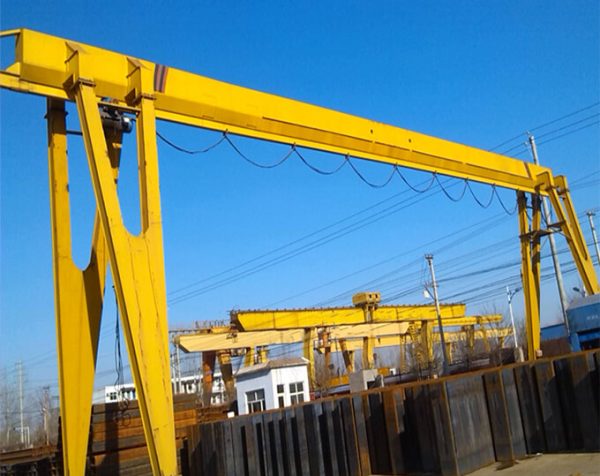

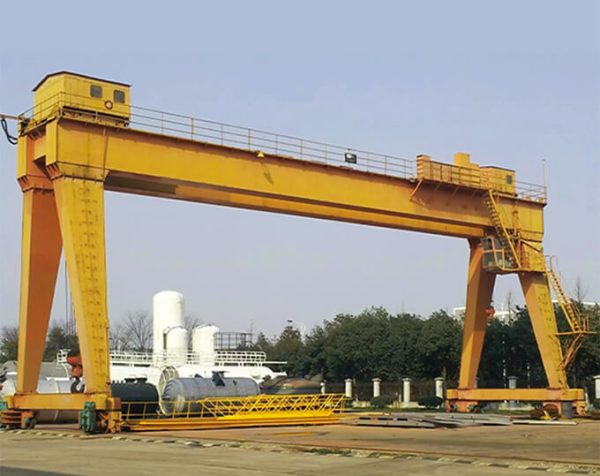
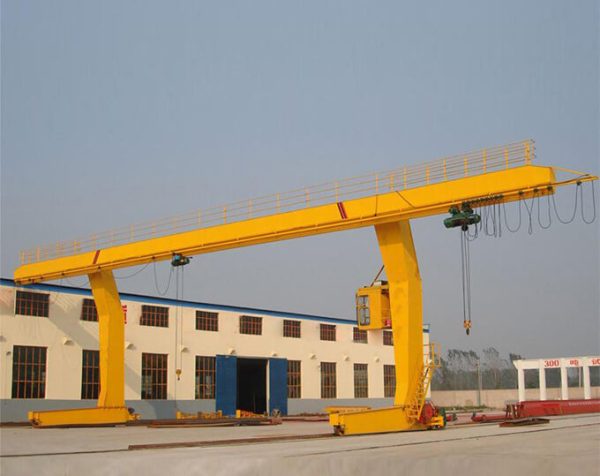
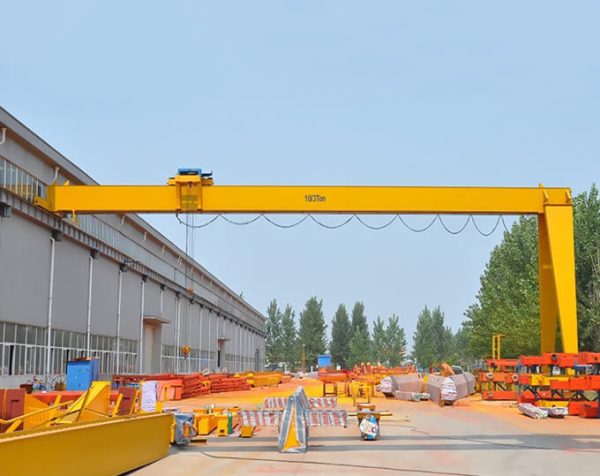
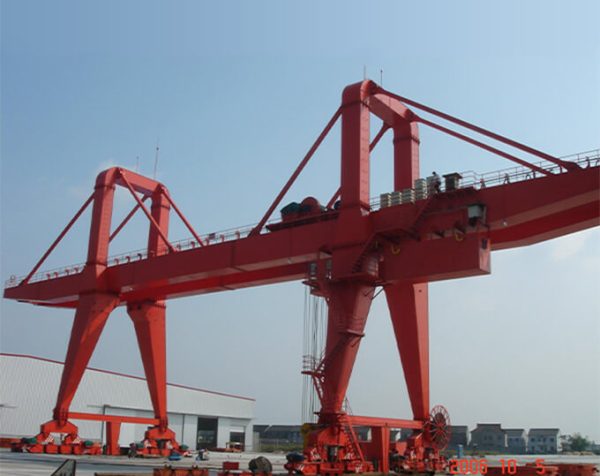
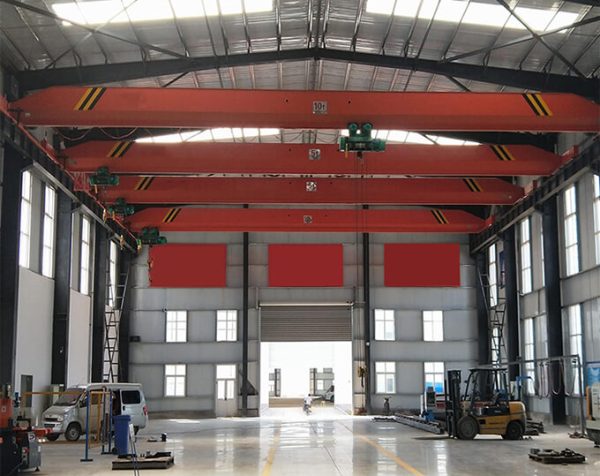
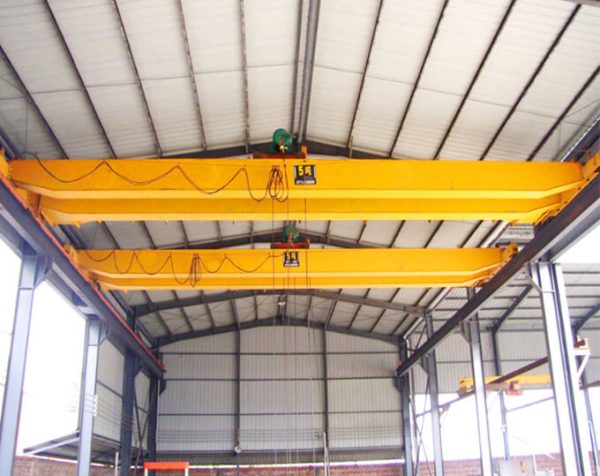
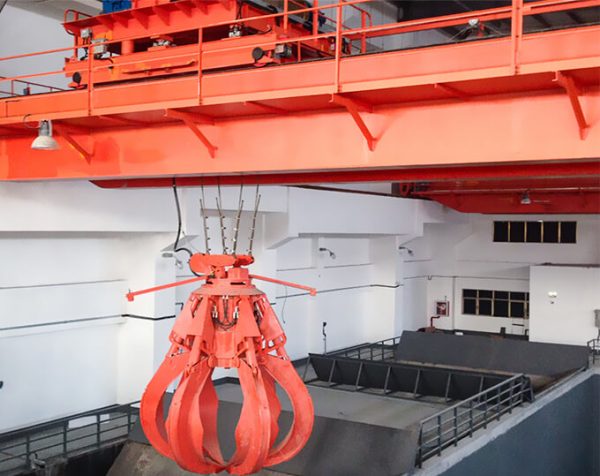
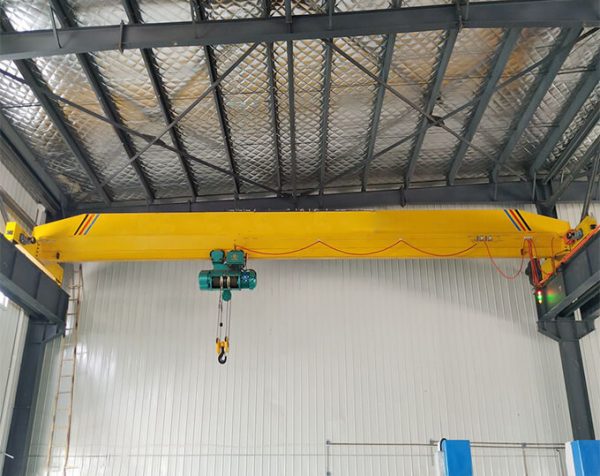
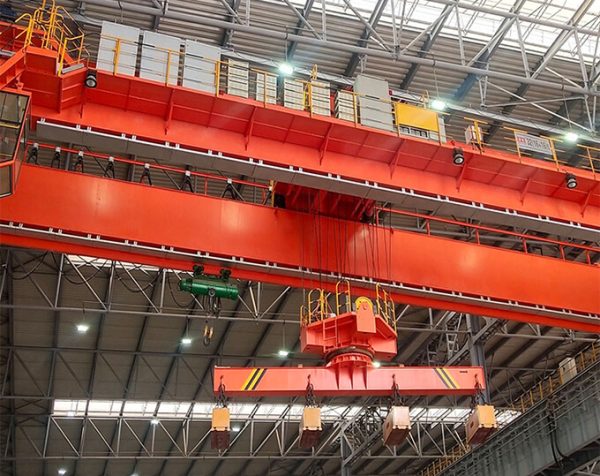
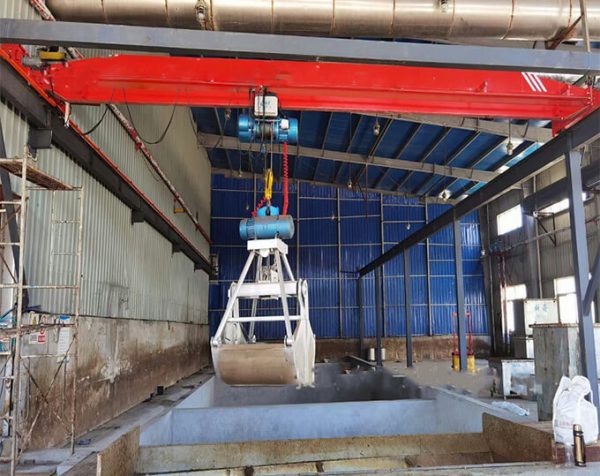
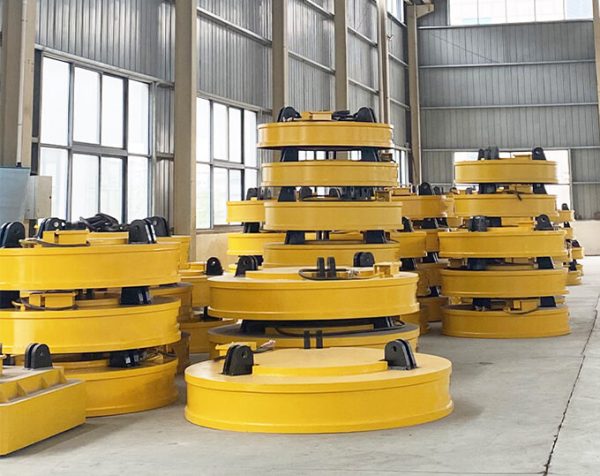
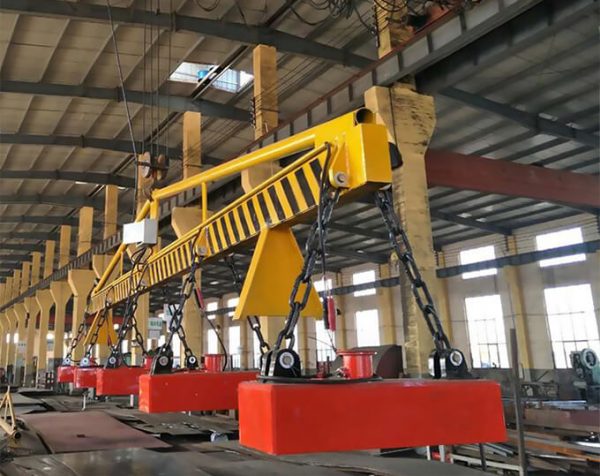
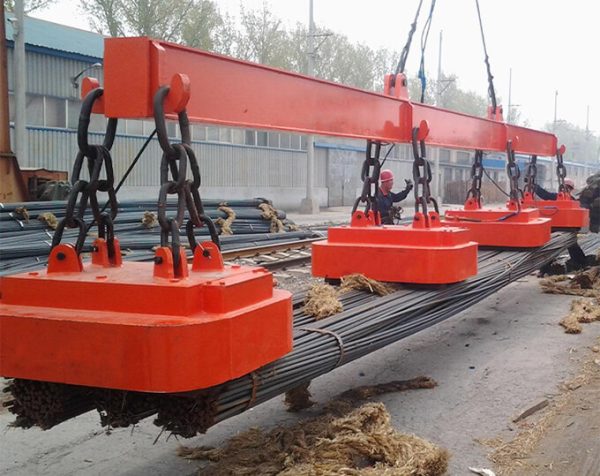
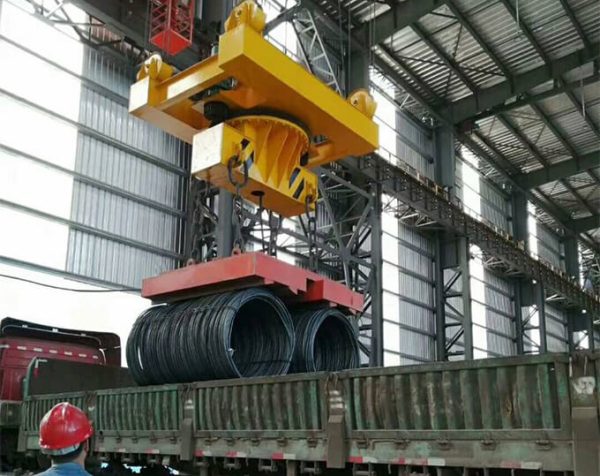
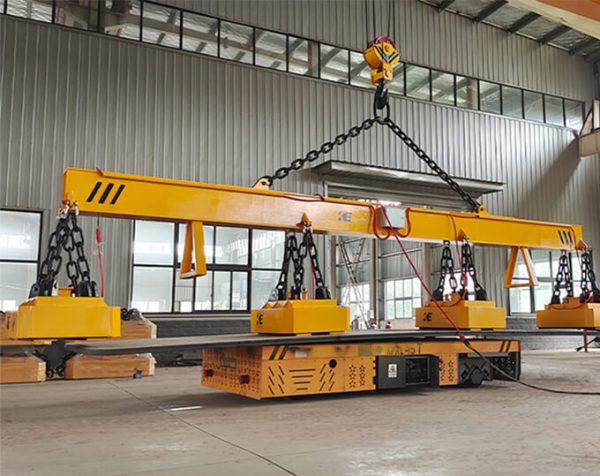
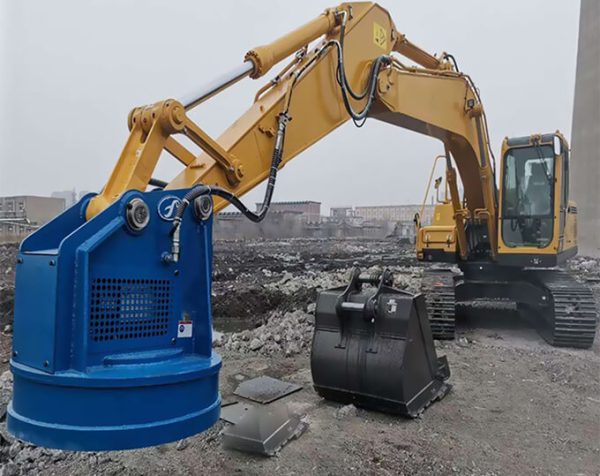
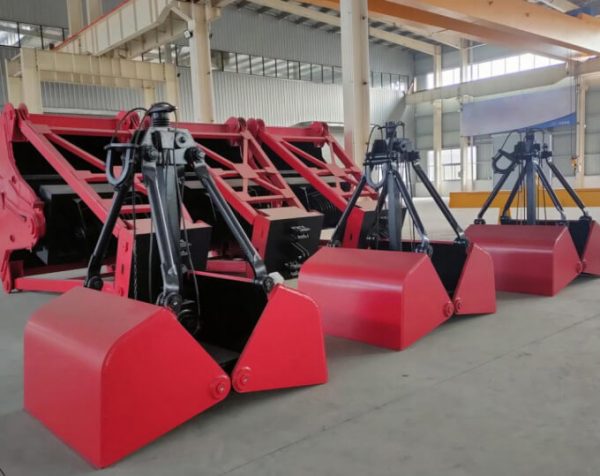
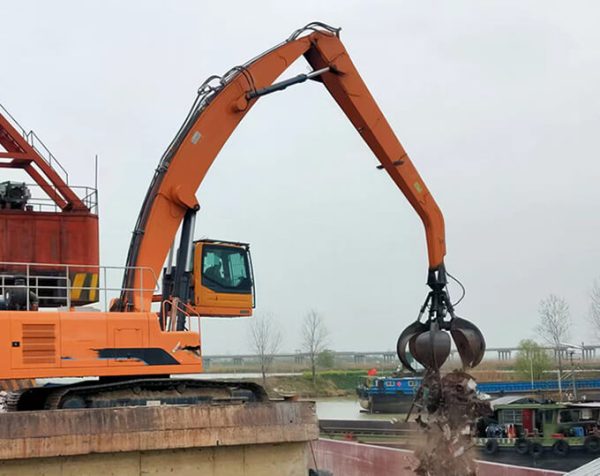
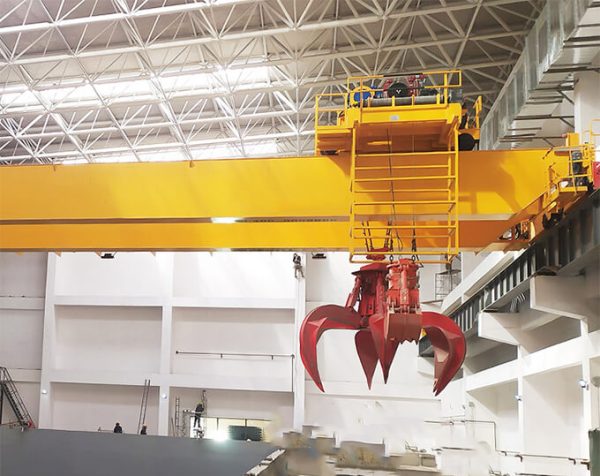
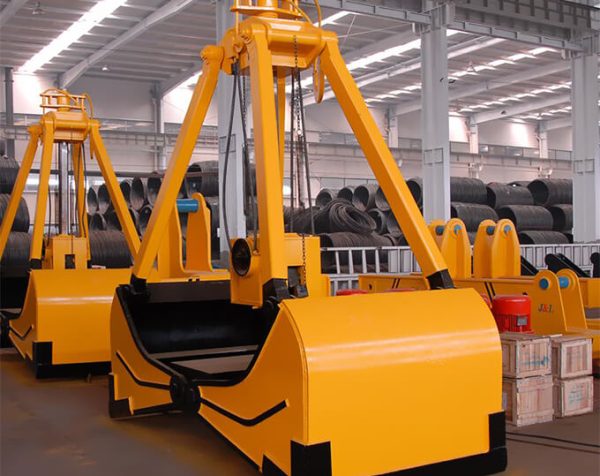
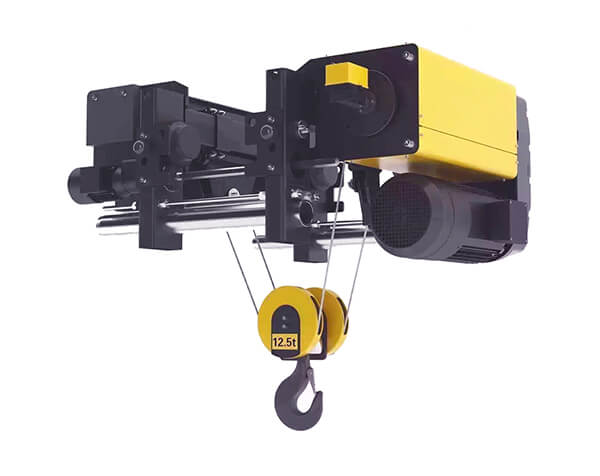
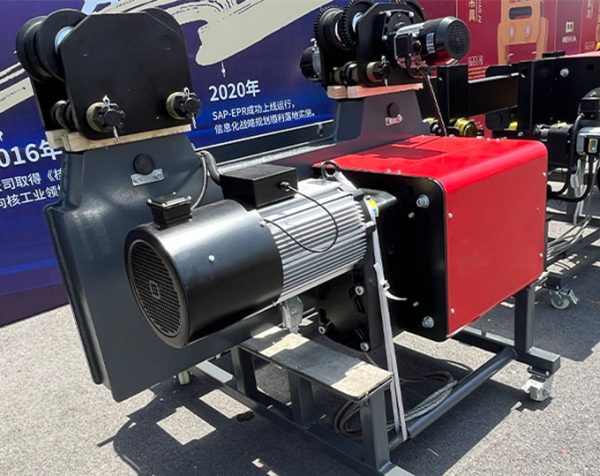
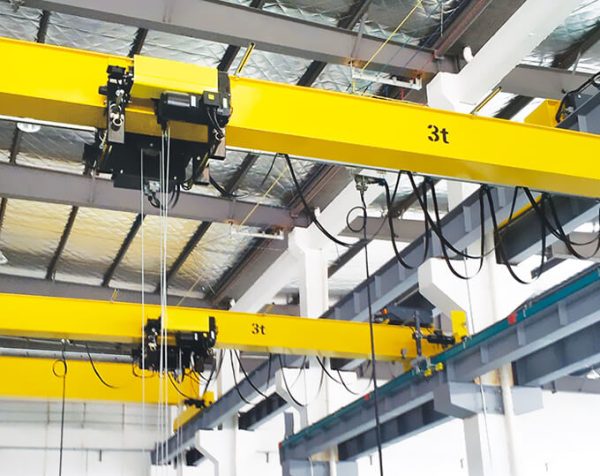
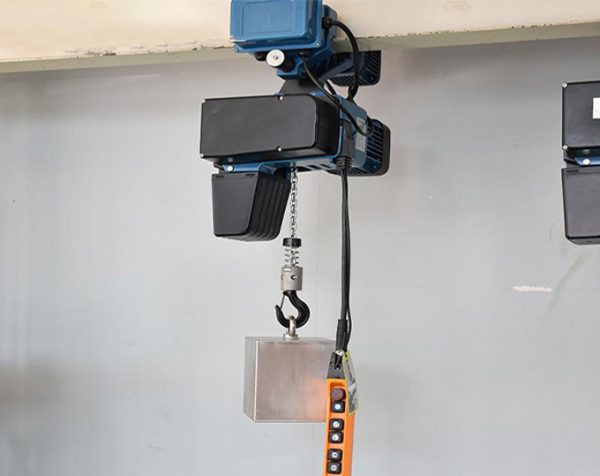
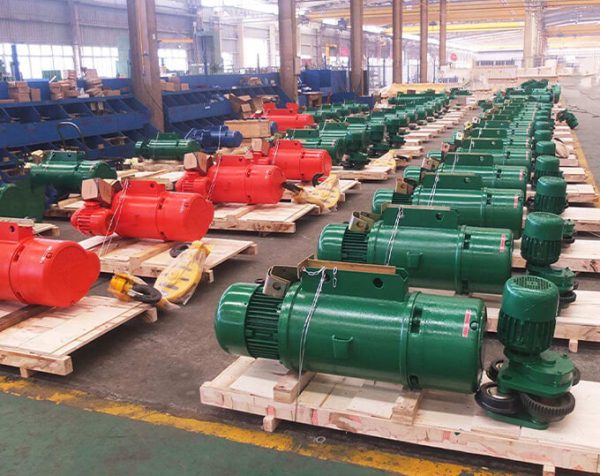
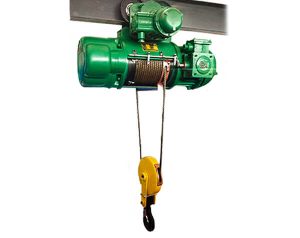
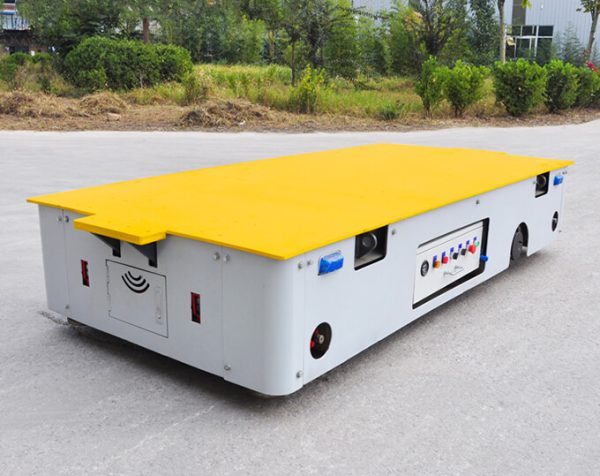
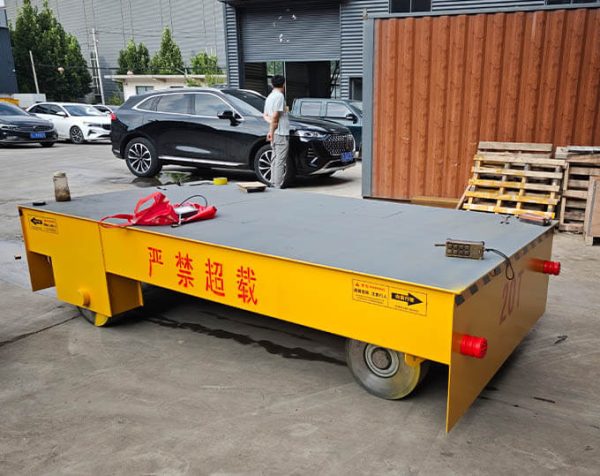
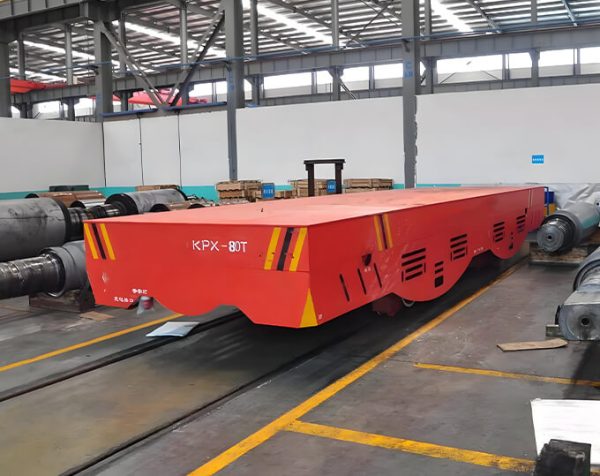
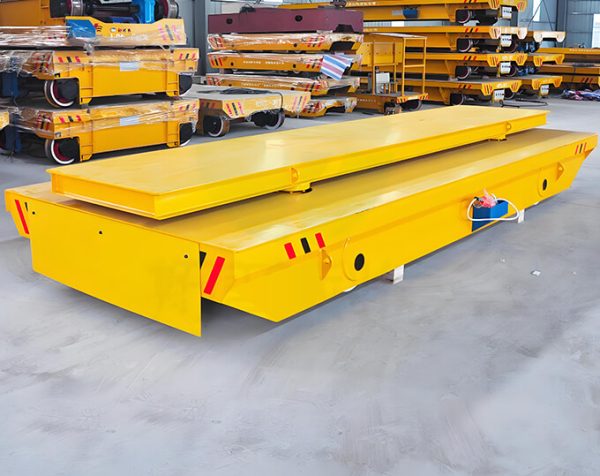
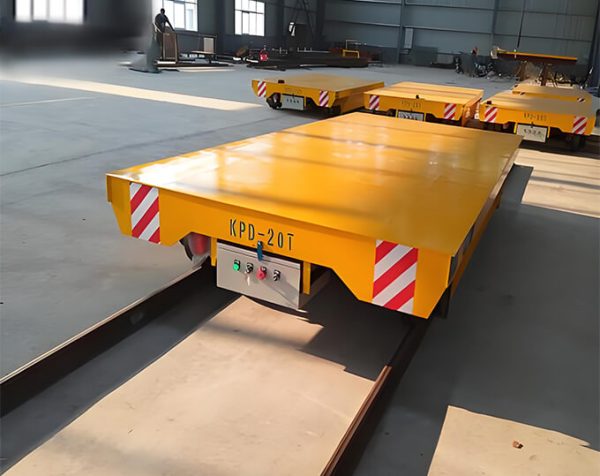



































1.Lifting capacity:
The lifting capacity of the electric wire rope hoist ranges from 2 tons to 50 tons
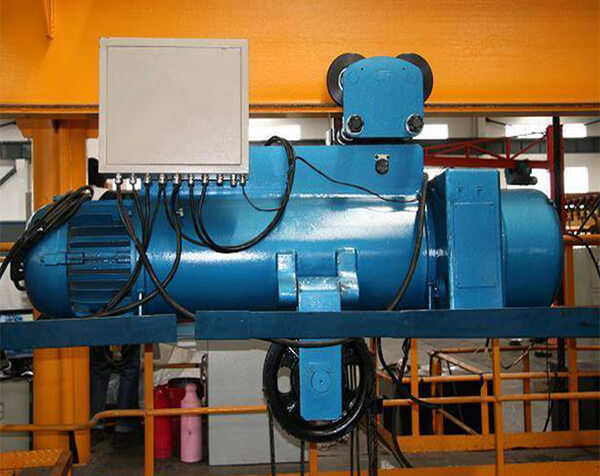
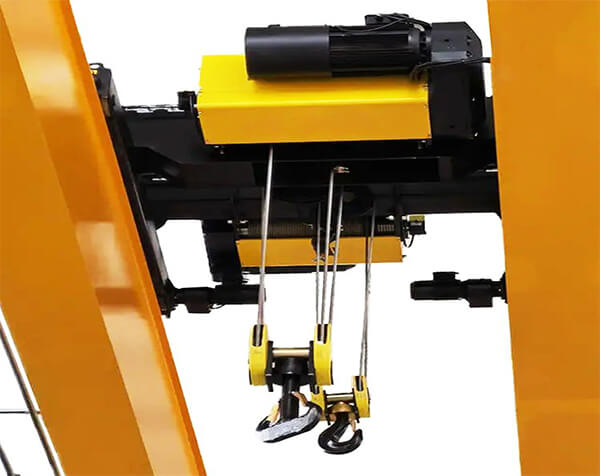
2.Lifting height:
As a lifting tool, the electric wire rope hoist will have strict requirements for the lifting height.
Therefore, when purchasing, you should first choose the height of lifting heavy objects according to the height of your plant, the conventional lifting height is 6, 9, 12, 18, 24, 30m, and special occasions can be designed according to user requirements.
3.Lifting speed:
The lifting speed of the general electric hoist is divided into single speed (8m/min) and double speed (8/0.8m/min) two, generally in the case of no special requirements, often choose single-speed electric hoist (i.e. CD1 wire rope electric hoist), such as your working conditions require precise positioning in the process of lifting heavy objects, easy to choose two-speed electric hoist (that is, MD1 wire rope electric hoist), in general, the lifting speed determines your work efficiency, the more high-speed electric hoist, The more you can improve your productivity.
4.Motor power:
The motors used in different electric hoists are not necessarily exactly the same.
Similarly, the 10 ton electric hoist motor may also be 13KW or 7.5KW, and customers can choose according to their different needs.
5.Voltage:
Electric hoist because it is used in all walks of life,
So the voltage used in the electric hoist is not the same,
There are 380V industrial electricity and 220V civil electricity,
There are even a series of non-standard power supplies such as 440V, 60HZ, 380V, 60HZ.
6.Installation:
Electric hoist is divided into electric trolley type (that is, the electric hoist can lift heavy objects up and down and move left and right) and fixed type (can only lift heavy objects up and down), the user can choose the electric hoist suitable for your installation method according to your actual situation, such as the electric chain hoist. The distance from the bottom surface of the I-beam to the center of the hook of the electric hoist: the electric hoist should pay attention to the spacing between the upper and lower hooks, because in some specific factories there will be specific requirements for the hook spacing of the electric hoist, if you have strict requirements for the hook spacing, the ultra-low electric hoist can meet your requirements.
Hoist cranes operating in special environments such as dusty, wet, hot or cold environments require customary safety and maintenance practices, as well as safety precautions for use in special environments.
The development history of cranes can be traced back to ancient civilizations. The earliest cranes can be traced back to ancient Egypt, where they used simple rope and pulley systems for construction and transportation work. The ancient Greeks also used similar techniques for construction and sculpting. With the rise of the Roman Empire, they further improved crane technology, employing more complex pulley systems and ropes to tackle larger construction projects.
Cranes play an important role in our engineering operations, but if you want the crane to fully play its role, in addition to the need for an experienced operator to use, but also need to be regularly maintained in order to ensure normal work efficiency. So what problems should we pay attention to in the daily care and maintenance?

